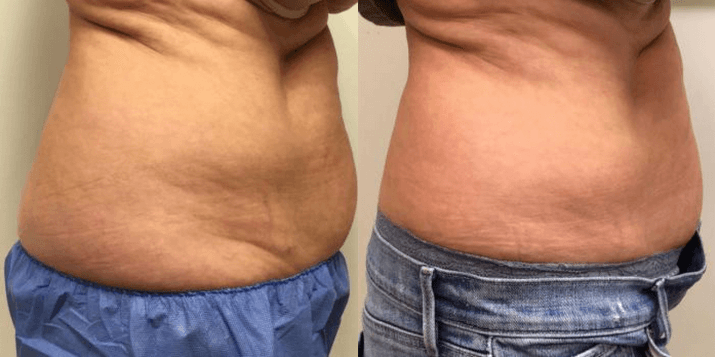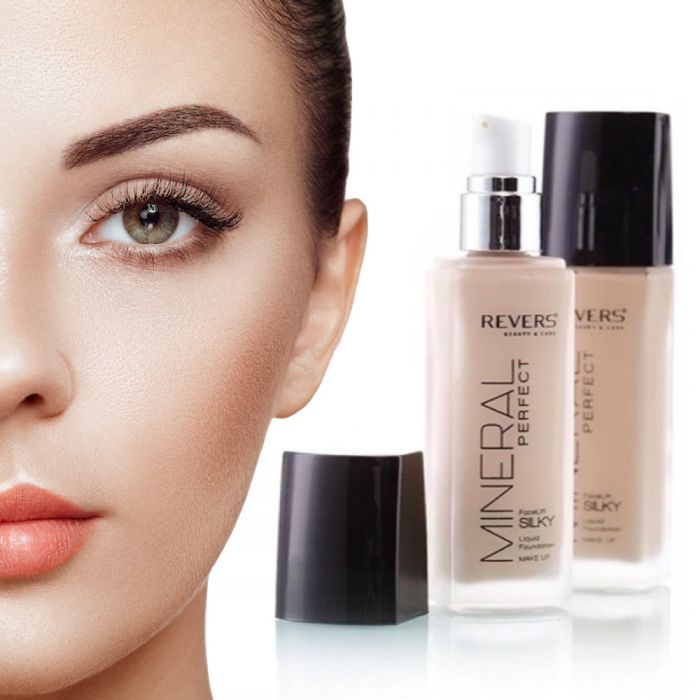
Botox under eye wrinkles is an anti-aging procedure that can reduce the appearance wrinkles and fine lines. While Botox has proven to be very effective in some cases, it is not always effective. Let's look at the procedure to see its advantages and drawbacks. We all want to look younger so we will consider all options.
Dermal fillers
Although fillers can be injected under the eyes by a cosmetic surgeon, side effects may occur. While most of the side effects of dermal fillers are minor and temporary, some people may experience bruising, itching, redness, and numbness. While some individuals may experience lasting swelling, most of these side effects are temporary. Ice packs and other treatments are usually prescribed by doctors to reduce pain or discomfort.
Dermal fillers are more natural than traditional surgeries. They are light-weight and can be applied in a matter of minutes. The area to be treated will feel smooth and normal, so facial expressions and movements won't be affected. In addition, the results are subtle, so the patient won't look like they've had a cosmetic procedure. If you are concerned about how your appearance will change, dermal fillers may be an option. They are great for treating sunken or damaged eyes.

Laser resurfacing
During your initial consultation, your aesthetician can go over all possible procedures to treat wrinkles around your eyes. Depending on the type of problem, laser treatments may be necessary. Chemical peels are effective for superficial under-eye wrinkles. They remove the top layer of skin and reveal a smoother surface. Laser resurfacing can, however, improve pigmentation and reduce fine lines. A single session of laser therapy will usually improve superficial wrinkles. Deeper wrinkles might require multiple sessions.
Patients are asked not to use sticky dressings during the procedure. The treatment takes around 30 to 40 minutes per eye. Patients should remove any makeup or use other facial care products. The laser energy pulses are used to remove layers of skin. Laser treatment is very painless, and patients can quickly return to their usual routines. You may feel the skin a bit warmer after treatment. This should resolve within a few days.
Chemical peels
There are many types of chemical peels that can be used to treat wrinkles under the eyes. Alpha hydroxy acids, a naturally occurring sugar acid, is the main ingredient in most chemical peels. It works by removing the damaged outer layer of skin and stimulating healthy cell recovery. This also stimulates collagen production. It fights wrinkles, fine lines and other problems. Afterward, the skin feels moisturised and appears firmer.
Scarring can be caused by some chemical peels. This effect is more common in certain people. These scars are often easily managed. Before the procedure, inform your dermatologist if you have had an outbreak of herpes. They might be able to recommend medication to decrease the likelihood of a cold sore returning. Tell your doctor if keloids are present. Infections are rare, however.

Surgery
A New York dermatologist, Rachel Nazarian, a clinical professor at Mount Sinai Hospital, advises patients about precautions prior to Botox surgery for wrinkles under eyes. Avoiding alcohol and blood-thinning drugs is one of the precautions. Such medications include aspirin, Advil, and Aleve. Supplements that contain fish oil or turmeric may also be included. These supplements can increase the risk of bruising and may be contraindicated for under-eye Botox treatments.
Botox prices under the eyes vary in price. The cost for one treatment session may range from $200 to $800, while others may charge per area treated. Botox is not covered by insurance for cosmetic purposes. Although Botox is a popular cosmetic procedure, it is not guaranteed to be effective for every wrinkle. Botox could be the solution you need to your wrinkles.